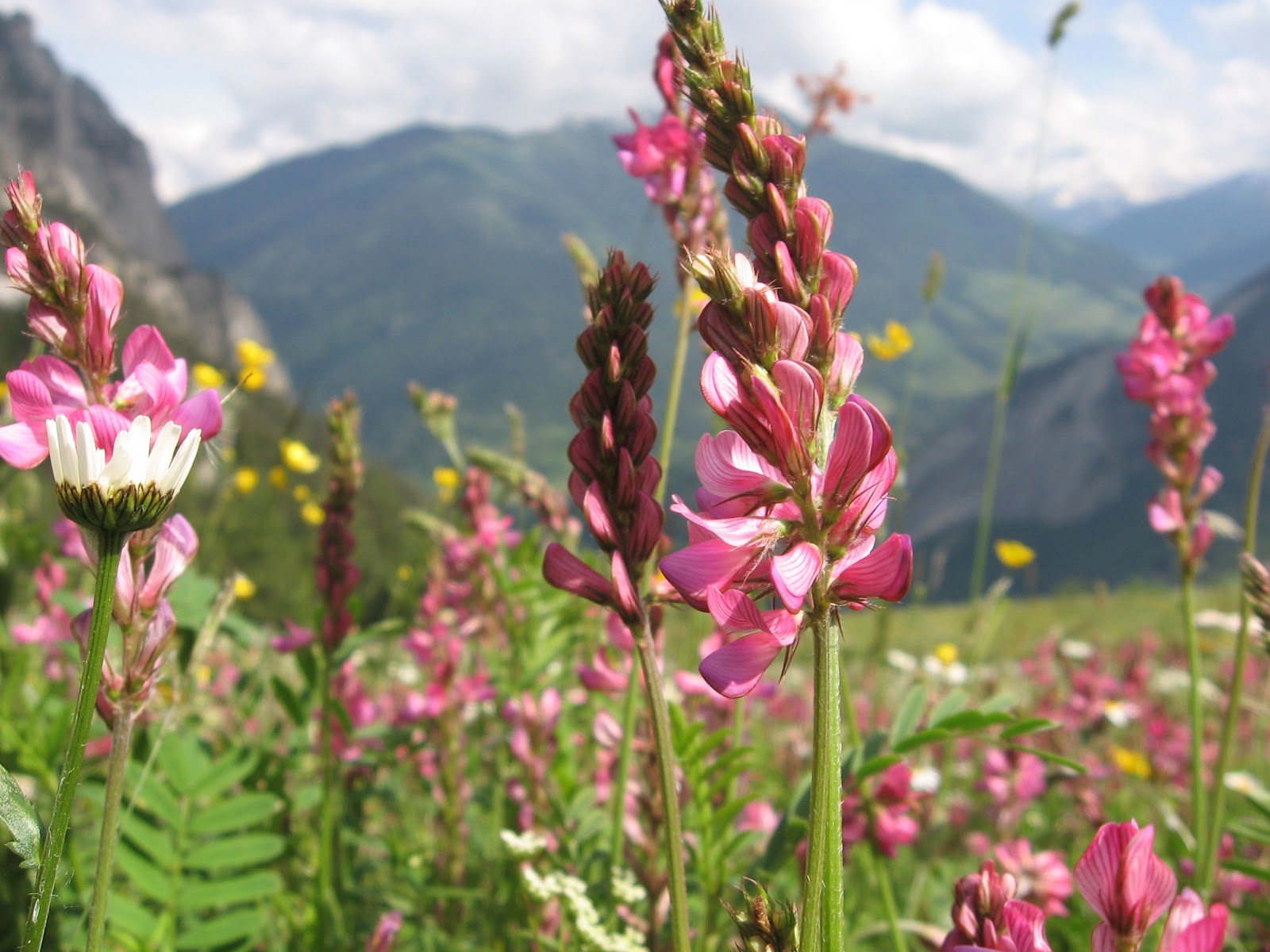In Europe, extensively managed hay meadows are considered as
high nature value farmlands, and this recognition makes them among the most
commonly implemented agri-environmental schemes (AES). The most important
management action on these grasslands is mowing, however, the time of year at
which meadows should be first mown in order to maximize biological diversity
remains controversial and may vary with respect to context and focal taxa. In order
to provide the best available evidence for the management of this habitat, we
carried out a systematic review and meta-analyses on the effects of delaying
the first mowing date upon plants and invertebrates in European meadowlands.
 |
| Delayed mowing in an extensively managed meadow |
We followed the review methodology of the Collaboration for
Environmental Evidence partnership (CEE: http://www.environmentalevidence.org/).
ISI Web of Science, Science Direct, JSTOR, Google and Google Scholar were
searched. We recorded all studies that compared the species richness of plants,
or the species richness or abundance of invertebrates, between grassland plots
mown at a delayed date (treatment) vs plots mown earlier (control). In order to
be included in the meta-analyses, compared plots had to be similar in all
management respects, except the date of the first cut that was (mostly
experimentally) manipulated. They were also to be located in the same meadow
type. Meta-analyses applying Hedges’d statistic were performed.
Overall, the review showed that in general delaying the
first mowing date in European meadowlands has either positive or neutral
effects on plant and invertebrate biodiversity. Specifically, our results
showed that plant species richness reacted differently with respect to the date
to which mowing was postponed. Delaying mowing from spring to summer had a
positive effect, while delaying either from spring to fall, or from early summer
to later in the season had a negative effect. Invertebrates were expected to
show a stronger response to delayed mowing than plants, due to their dependence
on vegetation structure and high susceptibility to mechanized harvesting
processes. However, only invertebrate species richness showed a clear overall
significant positive response, while no effect was detected on invertebrate
abundance. It was only after removing two studies contradicting basic meta-analysis
assumptions that delaying the first mowing date was found to have a positive
effect on invertebrate abundance. It is important to note that there was also
strong between-study heterogeneity, pointing to other major confounding
factors, the elucidation of which requires further field experiments with both
larger sample sizes and a distinction between taxon-specific and
meadow-type-specific responses.
 |
| Alpine meadow |
While most AES have the clear objective of restoring
biodiversity and ecosystem services they often bind farmers to threshold dates
for agricultural operations. The date of the first mowing of meadows is usually
defined as a trade-off between expected agricultural yield and supposed effects
on wildlife. Given that this first mowing date is an easily changed management
practice and can be applied over large scales, it is likely to provide significant
environmental benefits at little economical cost. In addition to agricultural
grasslands, some open nature reserves and hotspots are also mown as a
management strategy. When
conservation is the primary goal of such management, the date of the first
possible cut should be considered carefully in the light of our results.
Reference
Jean-Yves
Humbert, Jérôme Pellet, Pierrick Buri, and Raphaël Arlettaz. 2012. Does
delaying the first mowing date benefit biodiversity in meadowland? Environmental Evidence 1:9.
Open Access
journal: http://www.environmentalevidencejournal.org/content/1/1/9/abstract
Jean-Yves Humbert
- Division of Conservation Biology, Institute of Ecology and Evolution,
University of Bern, Baltzerstrasse 6, 3012 Bern, Switzerland. Email:
jean-yves.humbert@iee.unibe.ch
Jérôme Pellet -1)
Division of Conservation Biology, Institute of Ecology and Evolution,
University of Bern, Baltzerstrasse 6, 3012 Bern, Switzerland; 2) A. Maibach
Sàrl, CP 99, Ch. de la Poya 10, 1610 Oron-la-Ville, Switzerland
Pierrick Buri -
Division of Conservation Biology, Institute of Ecology and Evolution, University
of Bern, Baltzerstrasse 6, 3012 Bern, Switzerland
Raphaël Arlettaz
- Division of Conservation Biology, Institute of Ecology and Evolution,
University of Bern, Baltzerstrasse 6, 3012 Bern, Switzerland

No comments:
Post a Comment